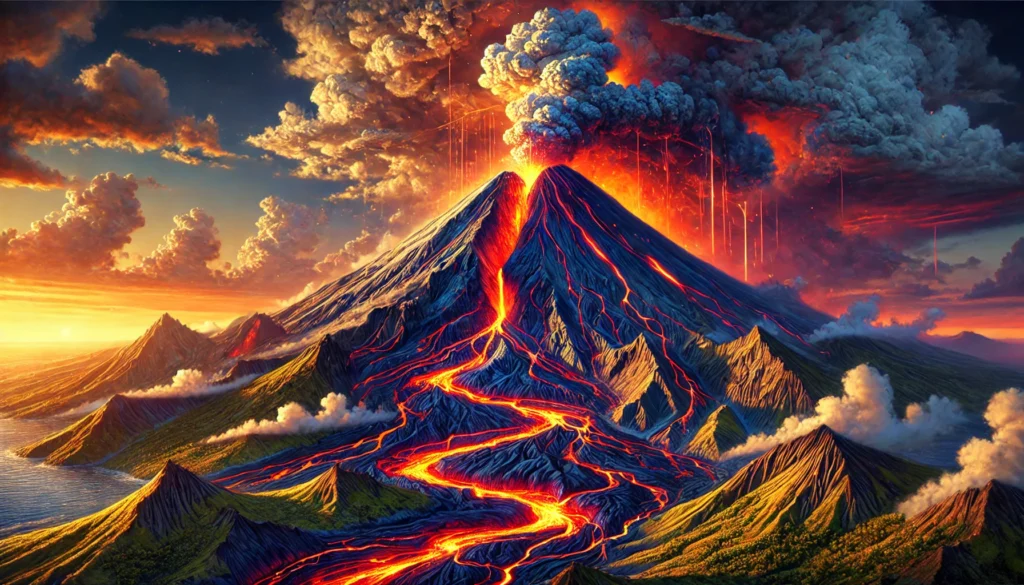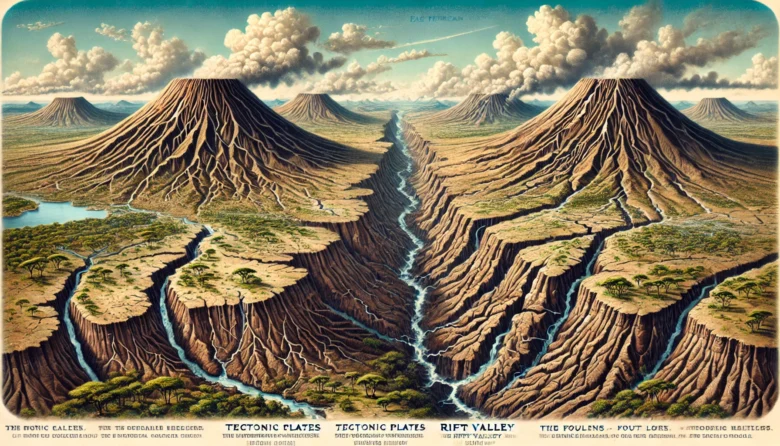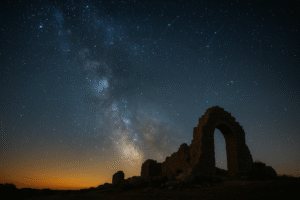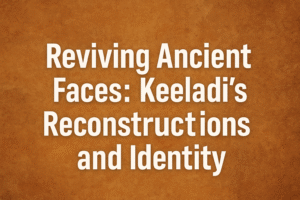When you think of Earth’s surface, the majestic mountains, vast oceans, and sprawling continents probably come to mind. But have you ever wondered what forces shape these features? The answer lies deep within our planet’s crust, where plate tectonics play a crucial role in shaping Earth’s surface. These massive, moving slabs of rock beneath our feet constantly interact, leading to the formation of mountains, earthquakes, and even volcanic eruptions. Let’s dive into the fascinating world of plate tectonics and explore how this process continues to mould the Earth.
What Are Plate Tectonics?
At the heart of Earth’s dynamic landscape lies the theory of plate tectonics—the idea that the Earth’s outer shell, known as the lithosphere, is divided into large, rigid plates. These plates float on the softer, partially molten layer beneath called the asthenosphere. The movement of these plates is responsible for the ever-changing face of our planet, creating a variety of geological features over millions of years.
The Driving Forces: What Moves the Plates?
You might be wondering what powers these gigantic plates to move. The answer lies in convection currents within the Earth’s mantle. The heat from the Earth’s core rises through the mantle, causing the material to move in a circular pattern. As the hot material rises and cools near the surface, it sinks back down, creating a slow but powerful flow that pushes the plates along. This process is the driving force behind continental drift, where landmasses slowly move across the globe.

Types of Plate Boundaries: Where the Action Happens
The edges where tectonic plates meet are known as plate boundaries, and this is where most of the geological action occurs. There are three main types of plate boundaries, each creating different landforms and natural events:
Convergent Boundaries – Where Plates Collide
When two plates move toward each other, they create a convergent boundary. If one plate is oceanic and the other continental, the oceanic plate is forced underneath in a process called subduction. This collision forms mountain ranges like the Himalayas and can trigger earthquakes or create volcanoes as one plate melts and magma rises to the surface.
Example: The formation of the Himalayas occurred because of the ongoing collision between the Indian and Eurasian plates. This is why the range continues to grow each year by a few millimeters!
Divergent Boundaries – Where Plates Pull Apart
At a divergent boundary, plates move away from each other, creating new crust as molten material from the mantle fills the gap. This process is responsible for forming mid-ocean ridges, such as the Mid-Atlantic Ridge, which runs down the middle of the Atlantic Ocean.
Example: The East African Rift is an example of a continental divergent boundary, where the African plate is slowly splitting into two smaller plates. Over millions of years, this rift could become a new ocean!
Transform Boundaries – Where Plates Slide Past Each Other
At a transform boundary, plates slide horizontally past one another. This friction can cause earthquakes when the plates finally release the tension built up over time. A well-known example is the San Andreas Fault in California, where the Pacific Plate and the North American Plate slide past each other.
Example: The 1906 San Francisco earthquake occurred due to movement along the San Andreas Fault, demonstrating how powerful transform boundaries can be.
The Role of Plate Tectonics in Earth’s History
Plate tectonics have shaped the Earth’s surface for billions of years, and their influence can be seen in the formation of supercontinents like Pangaea, which existed around 335 million years ago. Over time, the movement of plates broke Pangaea apart, leading to the continents as we know them today.
Earthquakes and Volcanoes: A Direct Result of Plate Movements
Many of the natural disasters we experience, such as earthquakes and volcanic eruptions, are directly linked to plate tectonics. When stress builds up at a plate boundary, it can be released suddenly in the form of an earthquake. Similarly, volcanic activity often occurs along subduction zones and mid-ocean ridges, where magma finds its way to the surface.
Case Study: The 2011 Tōhoku Earthquake and Tsunami
In March 2011, a powerful 9.0 magnitude earthquake hit off the coast of Japan. This seismic event was triggered by the subduction of the Pacific Plate beneath the North American Plate, resulting in a devastating tsunami that caused extensive destruction. It’s a stark reminder of the raw power that plate tectonics can unleash.
The Beauty of Mountains: Built by Plate Tectonics
Some of the world’s most iconic landscapes, including towering mountain ranges, owe their existence to plate tectonics. The collision of continental plates forms fold mountains, with layers of rock pushed upwards over time. The Rocky Mountains, Andes, and Himalayas are all stunning examples of this process at work.
Anecdote: Climbing the Himalayas
Picture yourself standing at the foot of Mount Everest, looking up at the highest peak on Earth. What many people don’t realize is that the very ground beneath their feet is moving slowly but steadily upward as the Indian Plate continues to push into the Eurasian Plate. In fact, Mount Everest grows by about 4 millimetres each year!
Plate Tectonics and the Future of Earth’s Surface
The movement of tectonic plates is far from over. Scientists predict that in the future, Earth’s continents will shift again, possibly forming a new supercontinent in about 250 million years. While this is a slow process, the effects of plate tectonics will continue to shape the Earth for as long as the planet exists.
Conclusion: Understanding the Power Beneath Our Feet
Plate tectonics is a remarkable process that not only explains the past but also helps us understand the future of Earth’s surface. From soaring mountain ranges to the deepest ocean abysses, these shifting plates have shaped the world we inhabit. As we continue to study these forces, we gain a greater appreciation for the dynamic planet we call home.
Call to Action: The next time you look at a mountain or experience an earthquake, remember that the ground beneath your feet is part of a much larger, ongoing geological dance. Stay curious and explore how plate tectonics continue to shape the Earth!
Author’s Note:
I hope this blog sparked a sense of wonder about the incredible forces that shape our planet. Plate tectonics is an ever-evolving field, and learning about it can deepen our appreciation for Earth’s natural beauty and the processes that have created it.
G.C., Ecosociosphere contributor.
References and Further Reading:
- Plate Tectonics: Earth’s Moving Plates | AI Essay Examples. https://collegeessay.org/essay/plate-tectonics-the-dynamic-earths-puzzle-of-moving-plates-6928174359017462
- Ghimire, M. (2014). Multivariate morphological characteristics and classification of first-order basins in the Siwaliks, Nepal. Geomorphology. https://doi.org/10.1016/j.geomorph.2013.08.004
- Sliding Plates. https://brainmass.com/physics/classical-mechanics/sliding-plates-28469
- Understanding Earthquakes, Faults, and Seismic Waves: Unraveling the Earth’s Tremors |. https://journalweek.com/understanding-earthquakes-faults-and-seismic-waves-unraveling-the-earths-tremors/




